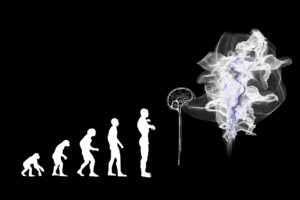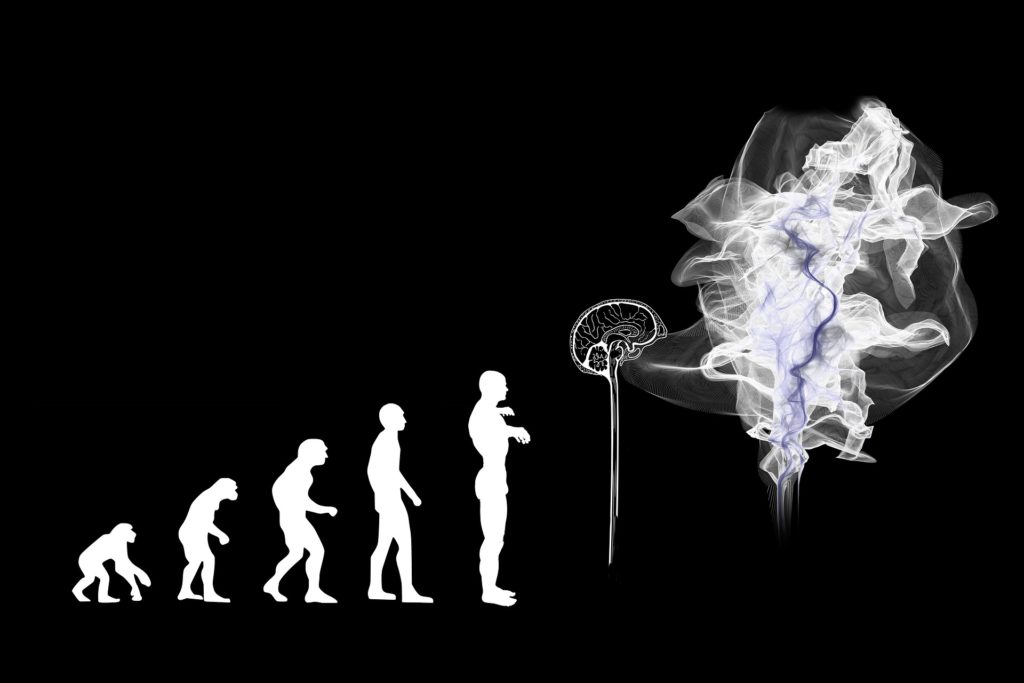CEO Leadership Traits: The Most Difficult Thing You’ll Ever Change
 Positive behavioral change affects everyone
Positive behavioral change affects everyone
“For behaviors that you want to do, the goal is to make triggers salient, the behavior easy, and the reward as immediate and satisfying as possible. For behaviors that you don’t want to do, it’s the opposite. Bury the trigger (move the fridge to the garage), make the behavior hard (keep ice cream out of the house so you have to drive to the store to get it), and sit with and deeply feel the negative consequences (the grossness following three pints of Ben & Jerry’s).”
— Outside Magazine, on fitness
We tend to overcomplicate things when it comes to changing our behavior. Want to lose weight? Calories consumed minus physical output is a good, simple place to start. Exploring VO2 max, researching aerobic versus anaerobic conditioning, and learning the nuances of the clean and jerk might be interesting, but you could just eat less or exercise more — or both if you want to go wild!
The process to change behavior is the same whether you’re trying to quit eating ice cream, study more, or improve your communication within the senior leadership team, and the exhortation from Outside Magazine nails it. Frankly, changing our behavior isn’t much different from changing your dog Fido’s.
If you’re a CEO or business executive, positive behavioral change affects not just you and your family but also the lives of your co-workers, customers and shareholders. This is serious stuff! Leadership comes with obligations, and self-improvement is one of them!
So, what’s this stuff about triggers? Triggers are important whether it’s watching fewer cat videos or communicating more with your team. Good intentions that you don’t act upon are worthless. The gap between good intentions and the behavior you want is there because you don’t start and stick with it — this requires triggers (or eliminating them).
Here’s an easy one. You’d like to plan better but “can’t find the time.” If you really want to do this, put an appointment in your calendar for 7:30 Monday morning, put an alarm on it, create three questions that you’ll answer every Monday (e.g., “What’s the most important thing I need to do this week to add value to my business?”), and write down the answers. If you have a coach or accountability partner, send it to or review it with him or her for 10 minutes every week. Three months from now, the behavior will be routine — but don’t take it off your calendar! You won’t retain the improvement without a structured approach!
It starts with the trigger (in this case, the alarm). At that point, you know what to do. If you don’t do it, you aren’t serious about changing.
I recently wrote about a trigger technique of sorts that dramatically helped me stay focused. Perhaps some of you are strong enough to think it and do it, but I’m not, and my experience with very talented clients is that they need a process and trigger to change behavior. This is work you can do on your own. Next week when that alarm goes off in your calendar to tell you to plan, choose something you want to change and make a plan. Just make sure that there’s a trigger to get you started.

coaches CEOs to higher levels of success. He is a former CEO and has led teams as large as 7,000 people. Todd is the author of, Never Kick a Cow Chip On A Hot Day: Real Lessons for Real CEOs and Those Who Want To Be (Morgan James Publishing).
Connect with Todd on LinkedIn, Twitter, call 303-527-0417 or email [email protected].
